Home>Furniture>How Long Do Chickens Need To Be Under A Heat Lamp
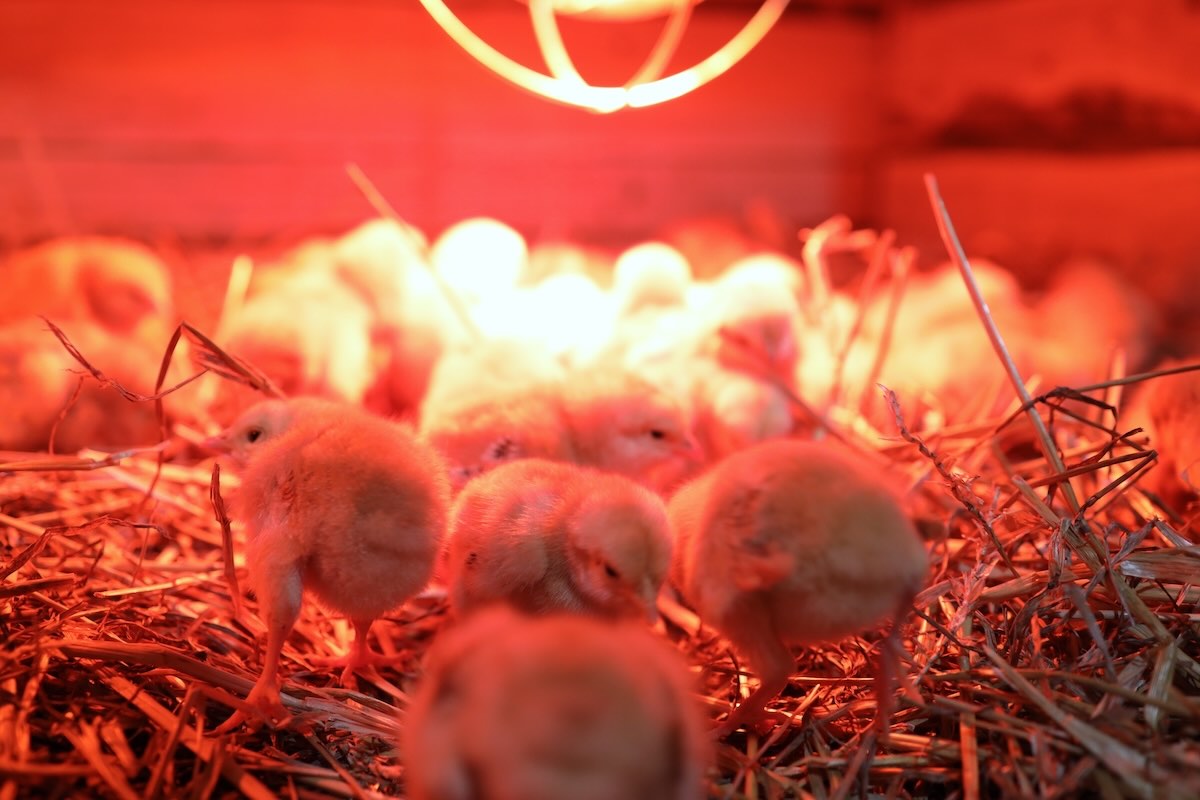

Furniture
How Long Do Chickens Need To Be Under A Heat Lamp
Modified: December 7, 2023
Discover how long chickens need to be under a heat lamp, and ensure your furniture stays protected with proper care and maintenance.
(Many of the links in this article redirect to a specific reviewed product. Your purchase of these products through affiliate links helps to generate commission for Storables.com, at no extra cost. Learn more)
Introduction
When it comes to raising chickens, providing them with the right amount of heat is crucial to their health and well-being. Heat lamps are commonly used to keep chickens warm, especially during colder months or when they are still young. But how long do chickens actually need to be under a heat lamp?
In this article, we will delve into the importance of heat lamps for chickens, the factors that influence the duration of heat lamp use, and how to determine the ideal timeframe for keeping chickens under a heat lamp. We will also discuss the importance of monitoring chicken behavior and the risks and precautions associated with prolonged heat lamp use.
So, if you’re a chicken enthusiast or considering raising chickens, read on to discover more about the role of heat lamps and how to ensure the well-being of your feathered friends.
Key Takeaways:
- Providing the right amount of heat for chickens is crucial for their well-being. Understanding factors like age, outdoor temperature, and breed can help determine the ideal duration for heat lamp usage.
- Monitoring chicken behavior and making gradual adjustments to heat lamp usage is essential for creating a safe and comfortable environment. Proper precautions can mitigate risks associated with prolonged heat lamp use.
Read more: How Long Do Quail Need A Heat Lamp
Understanding the Need for Heat Lamps
Chickens, like all animals, have specific temperature requirements to thrive. They are naturally equipped with feathers that provide insulation, but young chicks and certain chicken breeds may struggle to regulate their body temperature effectively. That’s where heat lamps come in.
Heat lamps provide a supplemental source of warmth, mimicking the heat that chicks would typically receive from a mother hen. The warmth from the lamp helps them stay comfortable and aids in their growth and development. It is especially crucial during their early weeks of life when they are most vulnerable.
Additionally, heat lamps are essential during colder seasons or when the ambient temperature drops below the comfort zone for chickens. They help prevent hypothermia and keep the flock healthy and active.
While the importance of providing heat to chickens is clear, it is essential to strike a balance. Chickens also need exposure to cooler temperatures to acclimate to their environment and develop their natural ability to regulate body temperature. Gradually reducing heat lamp usage will encourage this adaptation process.
Now that we understand why heat lamps are necessary, let’s explore the various factors that influence the duration of heat lamp use.
Factors Affecting the Duration of Heat Lamp Use
Several factors come into play when determining how long chickens need to be under a heat lamp. Understanding these factors will help you create the ideal environment for your flock. Here are the key considerations:
- Age of the Chickens: Young chicks require more heat compared to older chickens. As a general rule of thumb, chicks need to be kept under a heat lamp for the first four to six weeks of their lives. During this time, their down feathers are still developing, and they are more susceptible to cold temperatures.
As the chicks grow, their feather structure improves, allowing them to regulate their body temperature better. Gradually reducing the duration of heat lamp usage will help them adjust to their environment.
- Outdoor Temperature: The ambient temperature plays a vital role in determining how long chickens need to be under a heat lamp. If you live in a colder climate, with temperatures often dropping below freezing, chickens may need to stay under the heat lamp for longer periods. On the other hand, if you reside in a milder climate, they may require less heat.
It’s important to monitor the outdoor temperature regularly and adjust the heat lamp duration accordingly to ensure that the chickens are comfortable.
- Chicken Breed: Different chicken breeds have varying heat tolerance levels. Some breeds, such as Silkies, are more cold-sensitive and may require more time under the heat lamp. In contrast, cold-hardy breeds like Rhode Island Reds or Sussex can withstand lower temperatures and may need less heat lamp usage.
Research the specific needs of your chicken breed to determine the duration of heat lamp use that best suits them.
- Brooder Setup: The design and setup of your brooder area also impact heat lamp usage. A well-insulated and draft-free brooder will retain heat more effectively. If the brooder is relatively small and well-contained, heat may be retained for a longer duration.
Conversely, if the brooder has poor insulation or drafts, it may be necessary to increase the heat lamp usage to compensate for heat loss.
By taking these factors into account, you can make informed decisions about how long your chickens need to be under a heat lamp. However, it’s important to remember that each flock is unique, and individual needs may vary. Monitoring chicken behavior and adjusting heat lamp usage accordingly is crucial for their well-being, which we will discuss in the next section.
Determining the Ideal Timeframe for Chickens under a Heat Lamp
While there are general guidelines for the duration of heat lamp usage, it’s essential to observe the behavior and comfort level of your chickens to determine the ideal timeframe. Here are some steps to help you in this process:
- Observe Chick Behavior: Watch how your chicks interact with the heat lamp. If they huddle closely together directly under the lamp, it indicates that they are seeking warmth and may need to stay under the heat source for a longer duration. On the other hand, if they are spread out and exploring the brooder, it suggests that they are comfortable and may need less heat.
- Monitor Chick Activity: Active chicks indicate that they are feeling comfortable and are not overly reliant on the heat lamp. If your chicks are actively moving around, eating, drinking, and engaging in normal chick behavior, it’s a positive sign that they are adjusting well to the environment.
- Gradual Reduction of Heat: As the chicks grow and feather out, it is crucial to gradually reduce the duration of heat lamp usage. Start by raising the heat lamp slightly higher each week, decreasing the intensity of warmth. This encourages the chicks to rely less on the heat lamp and develop their natural ability to regulate body temperature.
- Watch for Signs of Overheating or Chilling: Overheated chicks may pant, spread their wings, or show signs of distress. If you notice these symptoms, it indicates that the heat lamp is too close or too intense, and you should adjust it immediately. Similarly, if the chicks are huddling together with puffed-up feathers or shivering, it signals that they are too cold, and you need to provide additional warmth.
- Consult with Experienced Chicken Keepers: Connecting with experienced chicken keepers, either online or in your local community, can provide invaluable insights. They may have specific advice based on your climate, breed, or other factors that can help you determine the ideal timeframe for heat lamp usage.
Remember, the goal is to gradually wean your chickens off the heat lamp and promote their natural adaptation to the environment. By closely observing their behavior, activity levels, and comfort, you can make informed decisions regarding the duration of heat lamp usage for your flock.
Chickens need to be kept under a heat lamp for the first 6 weeks of their life to maintain a temperature of 95-100°F. After that, you can gradually reduce the heat until they are fully feathered and can regulate their own body temperature.
Monitoring Chicken Behavior and Adjusting Heat Lamp Usage
Monitoring chicken behavior is essential for ensuring their comfort and well-being while under a heat lamp. By regularly observing their behavior and making necessary adjustments, you can create an optimal environment for your flock. Here are some key points to consider:
- Temperature Check: Regularly monitor the temperature in the brooder area, both with and without the heat lamp. This will help you determine how effectively the lamp is providing warmth and if any adjustments are needed.
- Watch for Signs of Comfort: Observe how your chickens are behaving. If they are actively exploring, eating, drinking, and engaging in normal chicken activities, it indicates that they are comfortable. On the other hand, if they are huddled together directly under the heat lamp or showing signs of distress, it suggests that they may need more warmth.
- Adjust Heat Lamp Height: The distance between the heat lamp and the chickens can be adjusted to regulate the amount of warmth they receive. Raising the heat lamp slightly will reduce the intensity of heat, while lowering it will provide more warmth. Pay attention to how the chickens respond to these adjustments and make changes accordingly.
- Gradually Reduce Heat Lamp Usage: As the chickens grow and develop, it’s crucial to gradually reduce the duration of heat lamp usage. Start by turning off the heat lamp during the day when temperatures are naturally warmer. Continue to monitor the chickens’ behavior and adjust the usage timeframe accordingly until they can comfortably go without the lamp.
- Provide Alternative Heating Options: As you gradually reduce heat lamp usage, consider providing alternative heating options for your chickens. This can include heated perches, heated pads, or even warm water bottles wrapped in towels. These alternatives can help bridge the gap as the chickens transition to relying less on the heat lamp.
- Consider Natural Heat Sources: If the ambient temperature in the chicken coop or outdoor area is suitable, you may be able to rely on natural heat sources instead of using a heat lamp. This can include sunlight, body heat from other chickens, or even a well-insulated coop. However, always monitor the chickens’ behavior and comfort level to ensure they are not experiencing any temperature extremes.
By consistently monitoring the behavior of your chickens and making adjustments to heat lamp usage, you can create a comfortable and safe environment for your flock. Remember, each chicken is unique, and individual needs may vary, so it’s essential to pay close attention to their behavior and respond accordingly.
Read more: How Long Do Pigs Need A Heat Lamp
Risks and Precautions of Prolonged Heat Lamp Use
While heat lamps are an essential tool for providing warmth to chickens, prolonged or improper usage can pose certain risks. It’s important to be aware of these risks and take necessary precautions to ensure the safety and well-being of your flock. Here are some key considerations:
- Fire Hazards: Heat lamps can be a fire hazard if not used with caution. The combination of heat, flammable bedding, and close proximity to feathers can lead to accidental fires. To minimize the risk, always secure the heat lamp properly, ensuring it is out of reach from chickens and away from any flammable materials. Regularly check the lamp, cords, and sockets for any signs of damage or wear.
- Overheating: Prolonged exposure to excessive heat can cause heat stress or overheating in chickens. This can lead to dehydration, loss of appetite, lethargy, and even death. It’s crucial to monitor the behavior and comfort level of your chickens regularly to ensure they are not experiencing heat-related issues. Adjust the heat lamp height or turn it off altogether if the chickens appear to be overheating.
- Chilling: On the other hand, if chickens are not provided with enough warmth, they can experience chilling. Chilled chickens may show signs of shivering, huddling together for warmth, or exhibiting a slowed response. Ensure that the heat lamp is providing adequate warmth and adjust the height or duration of usage accordingly to prevent chilling.
- Burn Injuries: Heat lamps can cause burn injuries if chickens come into direct contact with them. Make sure the heat lamp is properly secured and positioned at a safe distance from the chickens. Additionally, consider using a heat lamp guard or shield to prevent accidental burns.
- Electrical Safety: It’s essential to prioritize electrical safety when using heat lamps. Ensure that the electrical outlets and cords are in good condition and properly grounded. Always follow the manufacturer’s instructions when setting up and using the heat lamp. If you are unsure about proper electrical setup, consult an expert to ensure safe usage.
- Alternative Heating Options: If you find that the risks associated with heat lamps are a concern, consider using alternative heating options such as ceramic heaters, radiant heating panels, or heated pads. These options can provide warmth while minimizing some of the risks associated with heat lamps. However, it’s still important to monitor the behavior and comfort levels of your chickens with any heating method you choose.
By being aware of the risks and taking necessary precautions, you can safely utilize heat lamps or alternative heating options to provide warmth for your chickens. Regular monitoring, proper setup, and prudent usage will help ensure the well-being and safety of your flock.
Conclusion
Heat lamps play a vital role in providing the necessary warmth for chickens, especially during their early weeks of life or in colder climates. However, it’s important to understand that the duration of heat lamp usage should be adjusted based on various factors such as age, outdoor temperature, chicken breed, and the setup of the brooder area. Monitoring the behavior and comfort level of your chickens is crucial in determining the ideal timeframe for heat lamp usage.
Gradually reducing the reliance on heat lamps allows chickens to acclimate to their environment and develop their natural ability to regulate body temperature. It’s important to observe how the chickens interact with the lamp, their activity levels, and to make necessary adjustments to the lamp height and duration accordingly.
While heat lamps are an effective tool, prolonged or improper usage can pose risks such as fire hazards, overheating, chilling, burn injuries, and electrical safety concerns. Taking proper precautions such as securing the lamp, monitoring the temperature, and following safety guidelines can help mitigate these risks.
Consider alternative heating options if the risks associated with heat lamps are a concern. Ceramic heaters, radiant heating panels, and heated pads are viable alternatives that provide warmth while minimizing certain risks. However, it’s still important to closely monitor the behavior and comfort of your chickens regardless of the heating method you choose.
By striking a balance between providing the necessary warmth and allowing chickens to adapt to their environment, you can create a safe and comfortable space for your flock. Regular observation, adjustments, and prioritizing safety will contribute to the overall well-being and thriving of your chickens.
Remember, every flock is unique, and individual needs may vary, so it’s important to remain attentive and responsive to the specific requirements of your chickens. With proper care and attention, you can create an environment where your chickens can thrive, grow, and enjoy a healthy and comfortable life.
Frequently Asked Questions about How Long Do Chickens Need To Be Under A Heat Lamp
Was this page helpful?
At Storables.com, we guarantee accurate and reliable information. Our content, validated by Expert Board Contributors, is crafted following stringent Editorial Policies. We're committed to providing you with well-researched, expert-backed insights for all your informational needs.
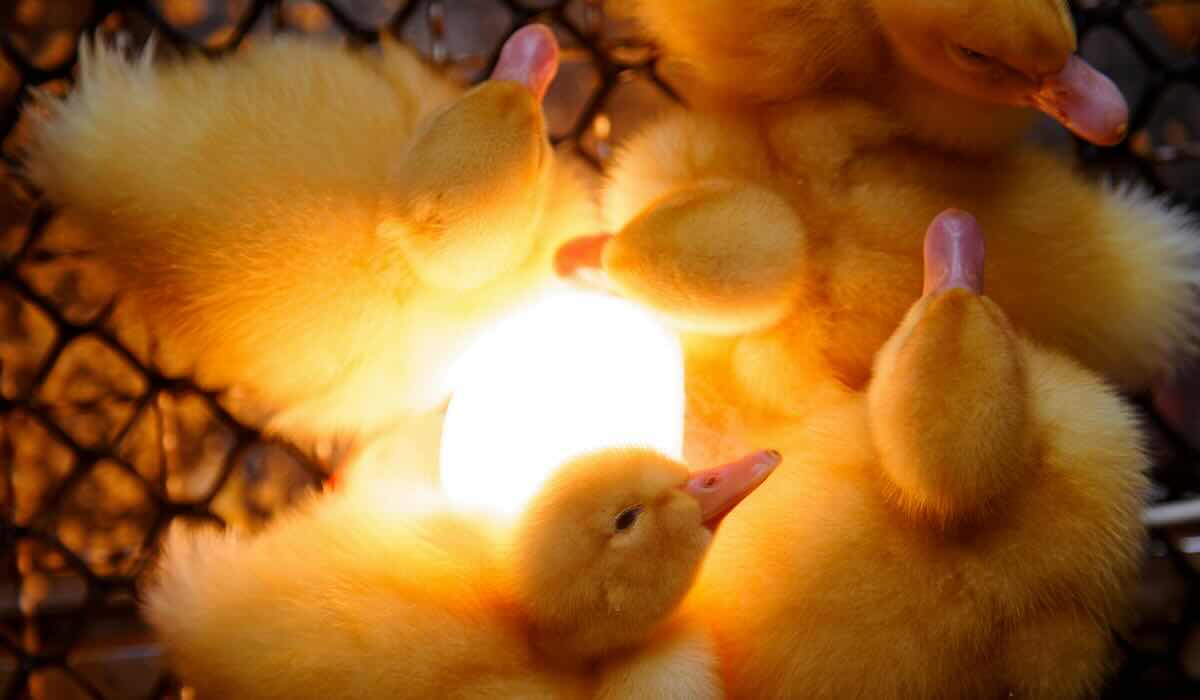
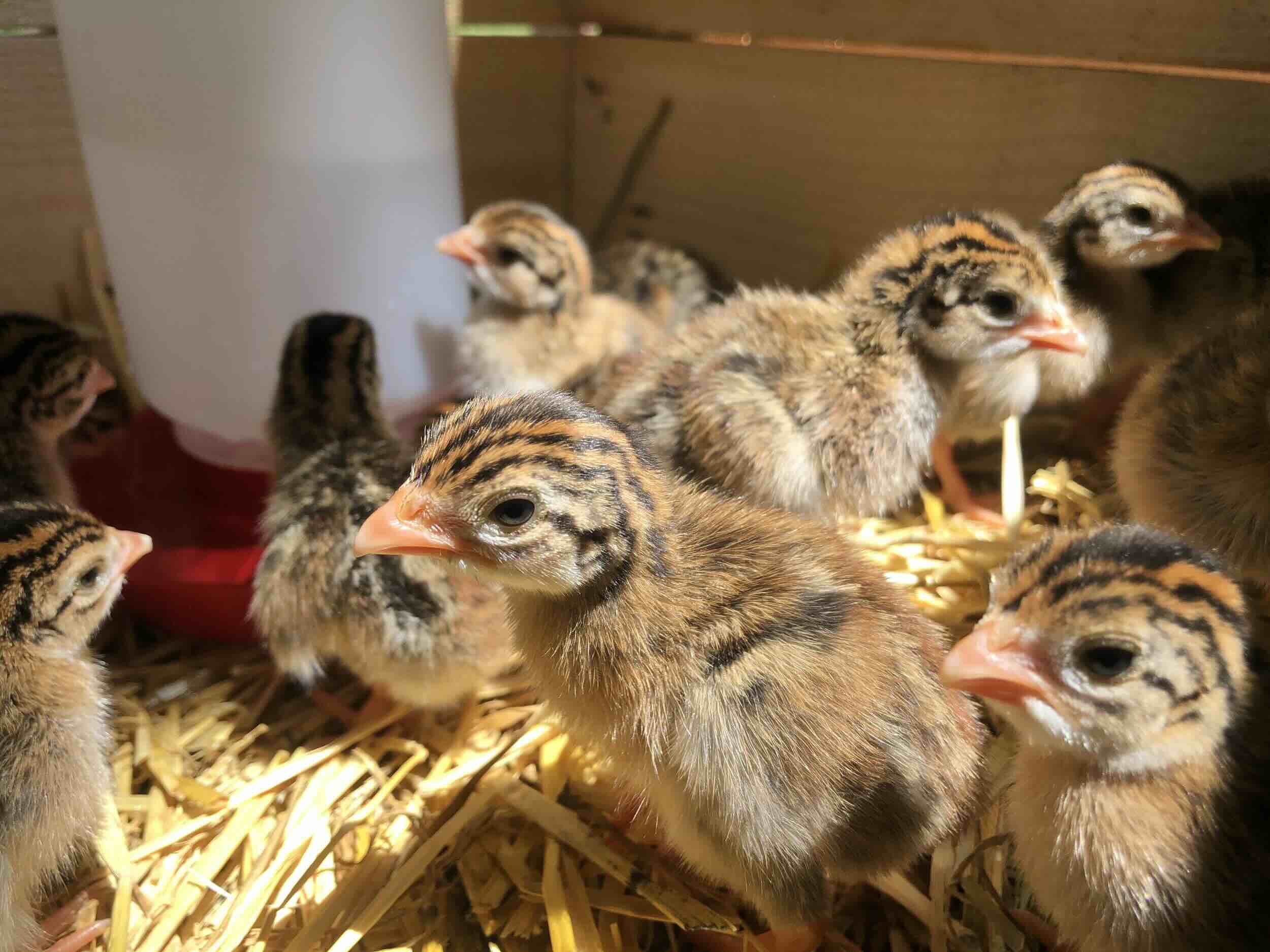
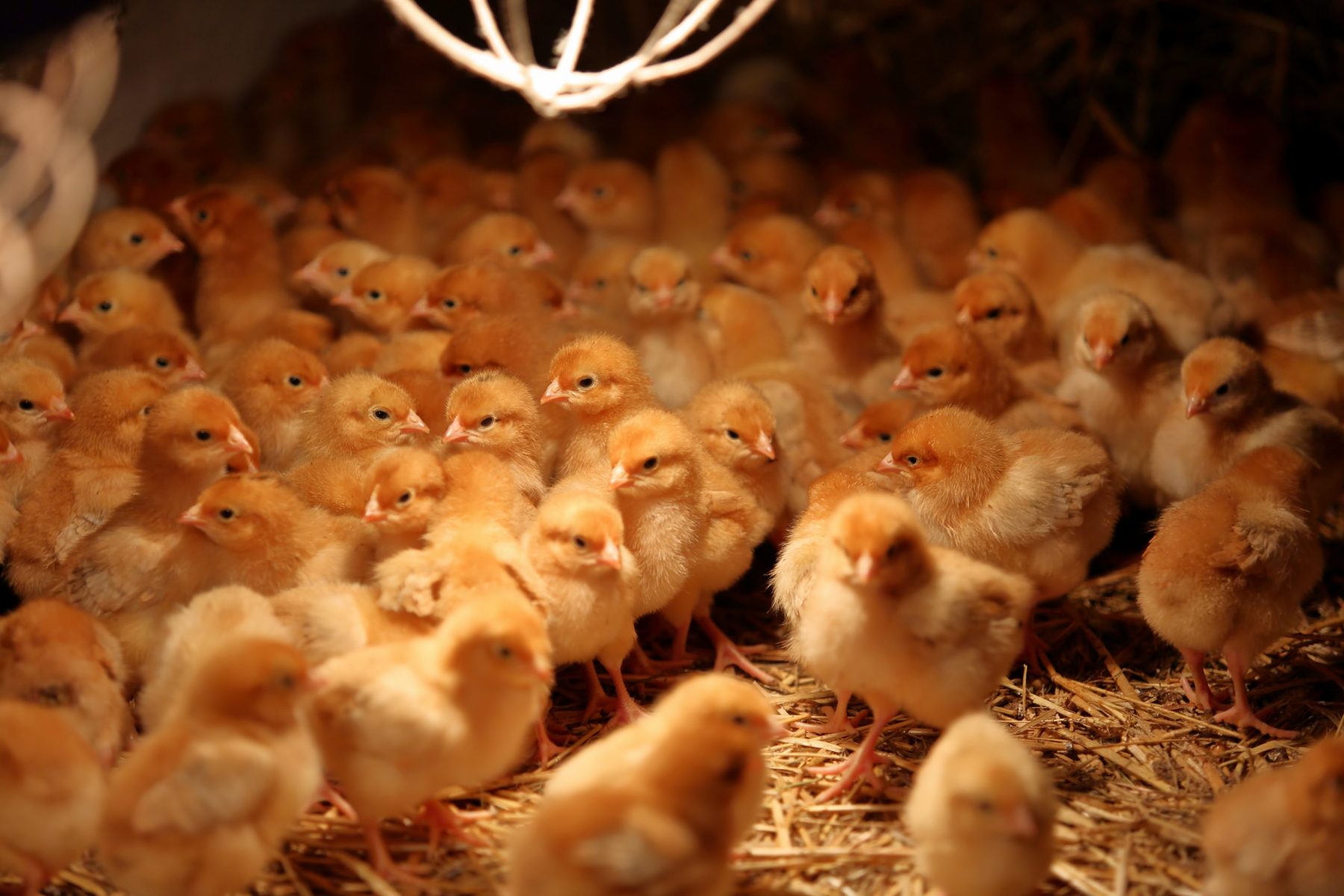
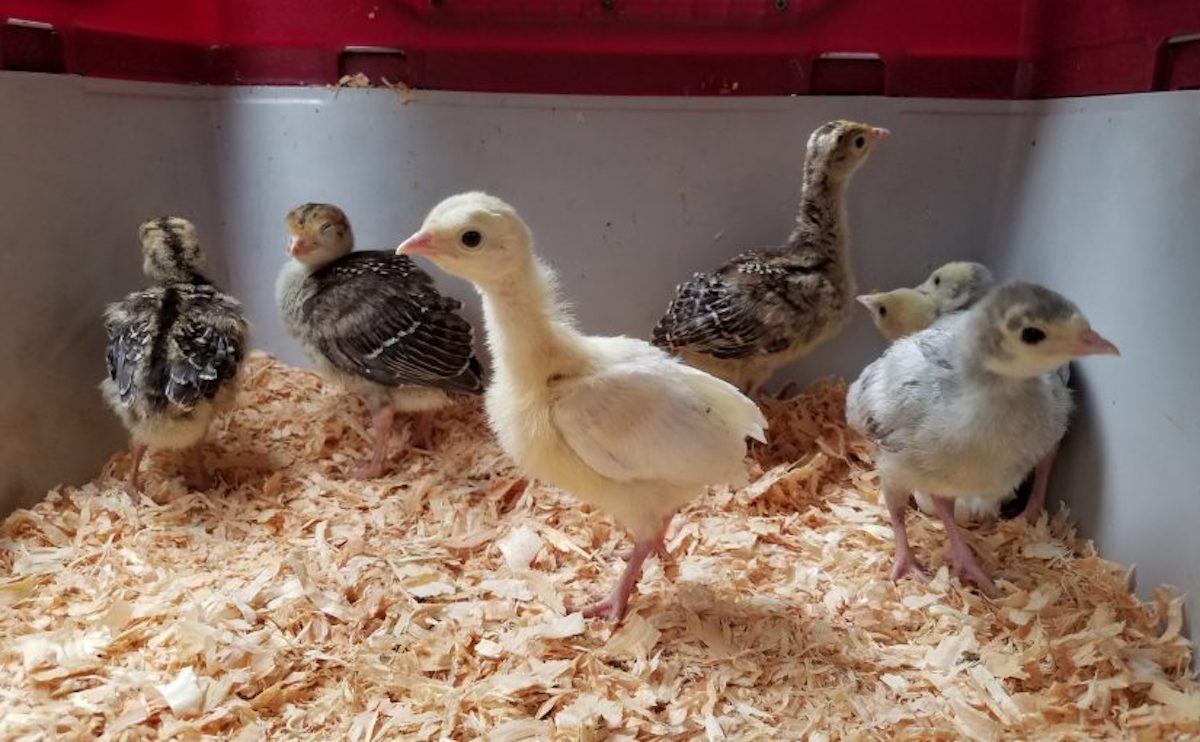
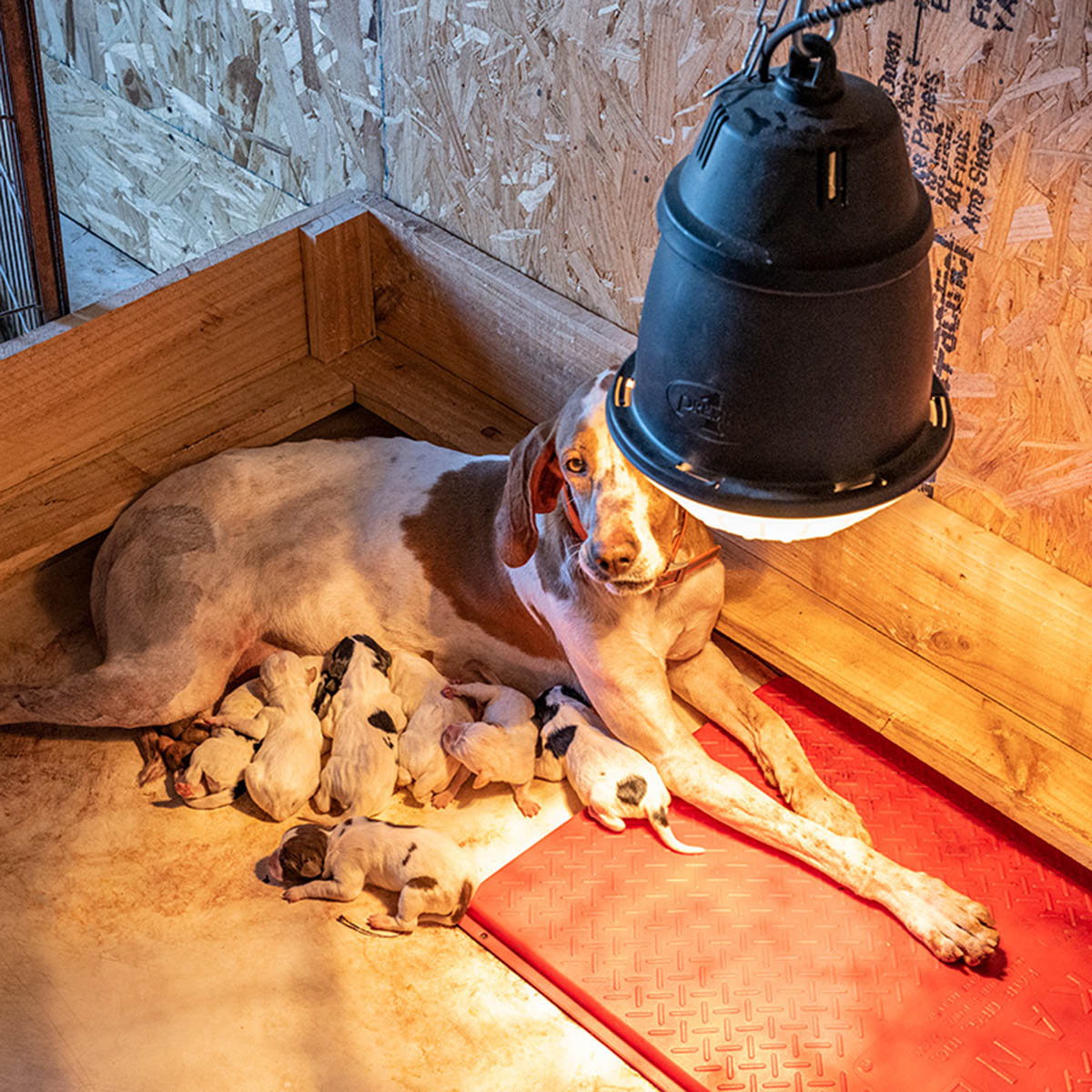
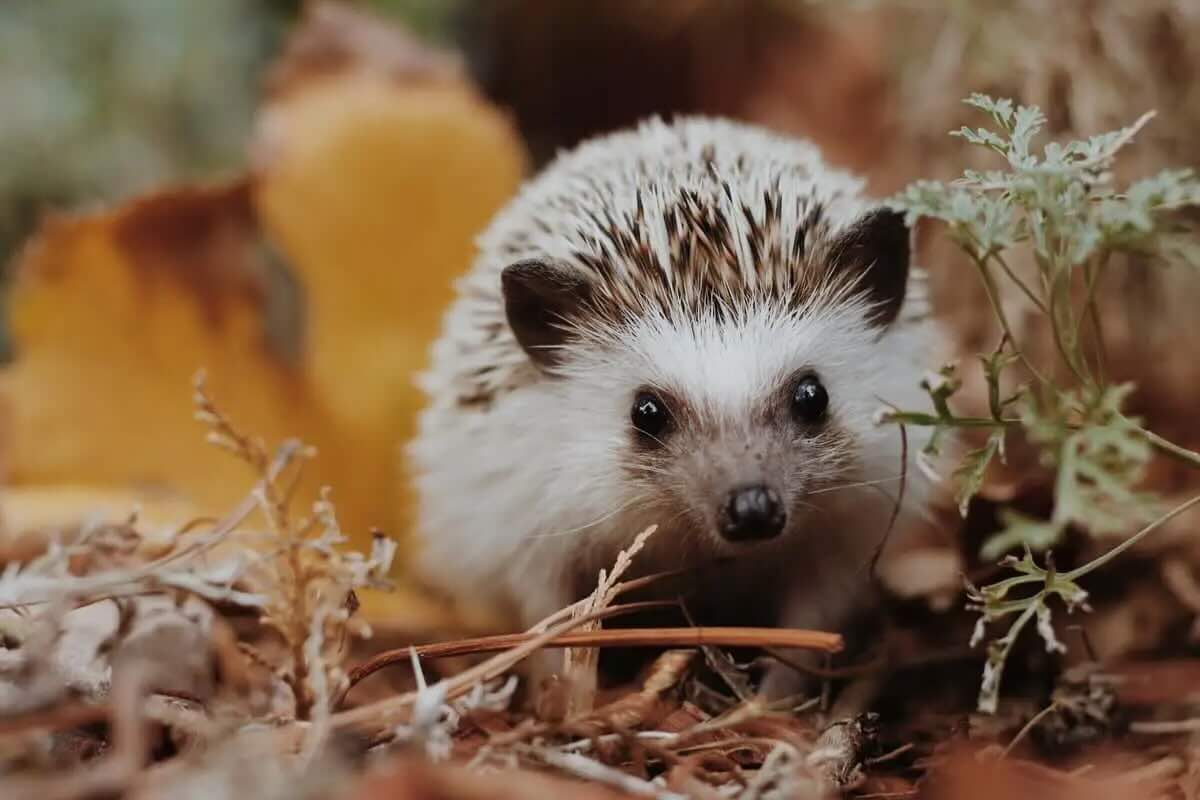

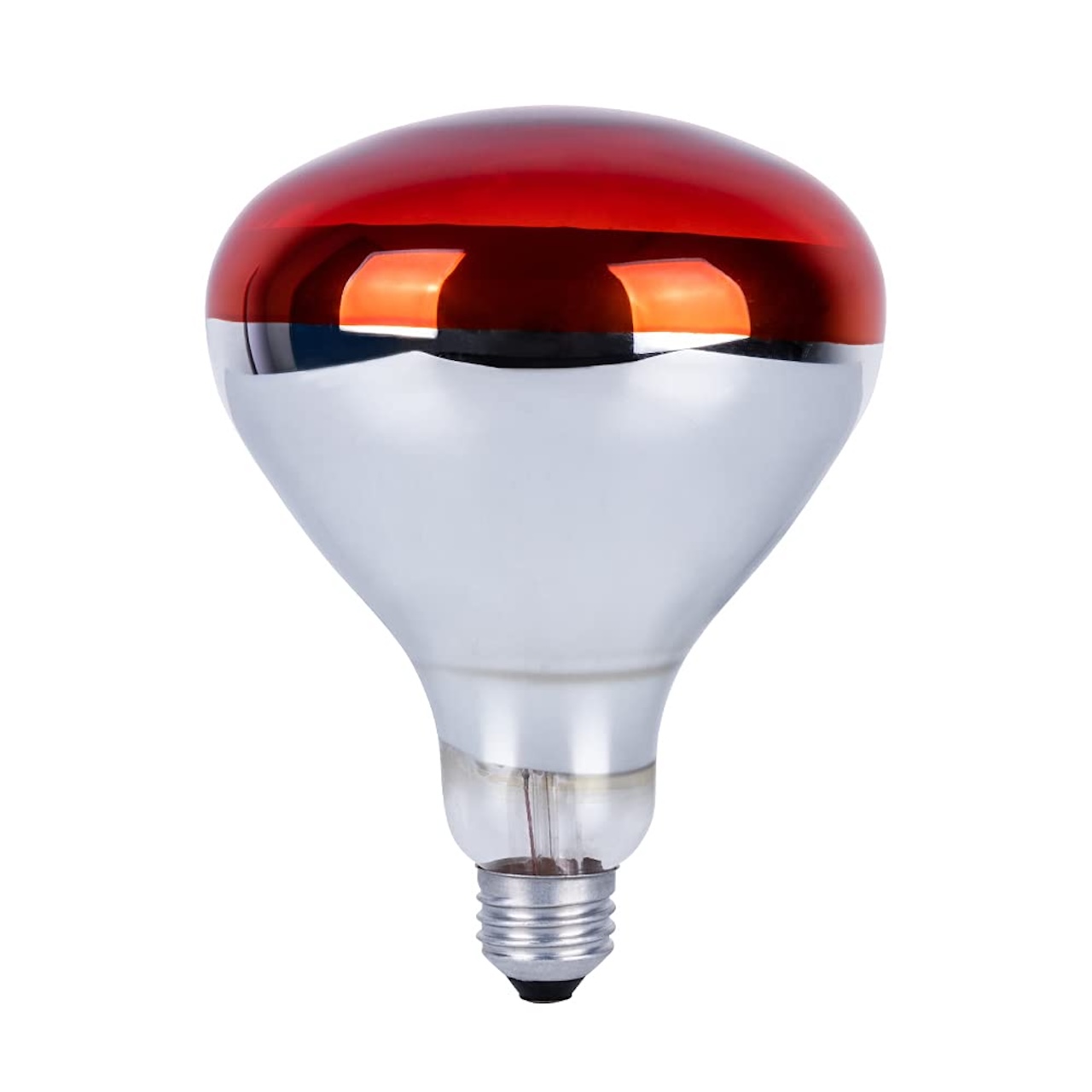
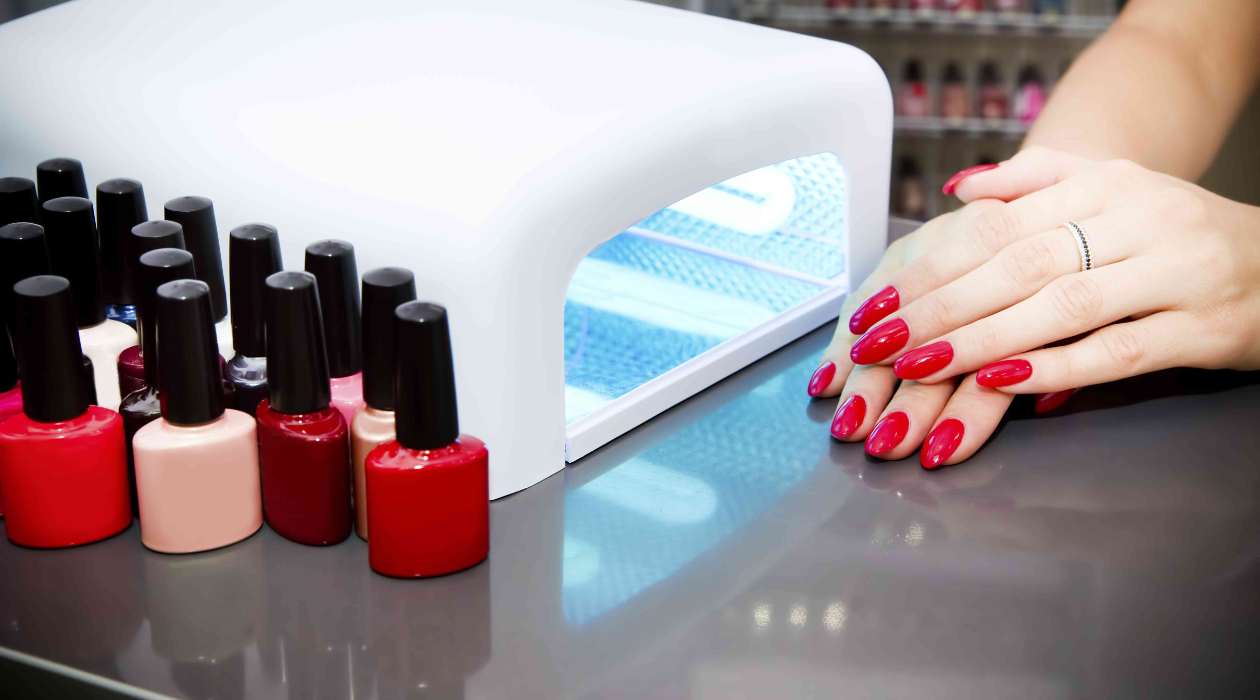
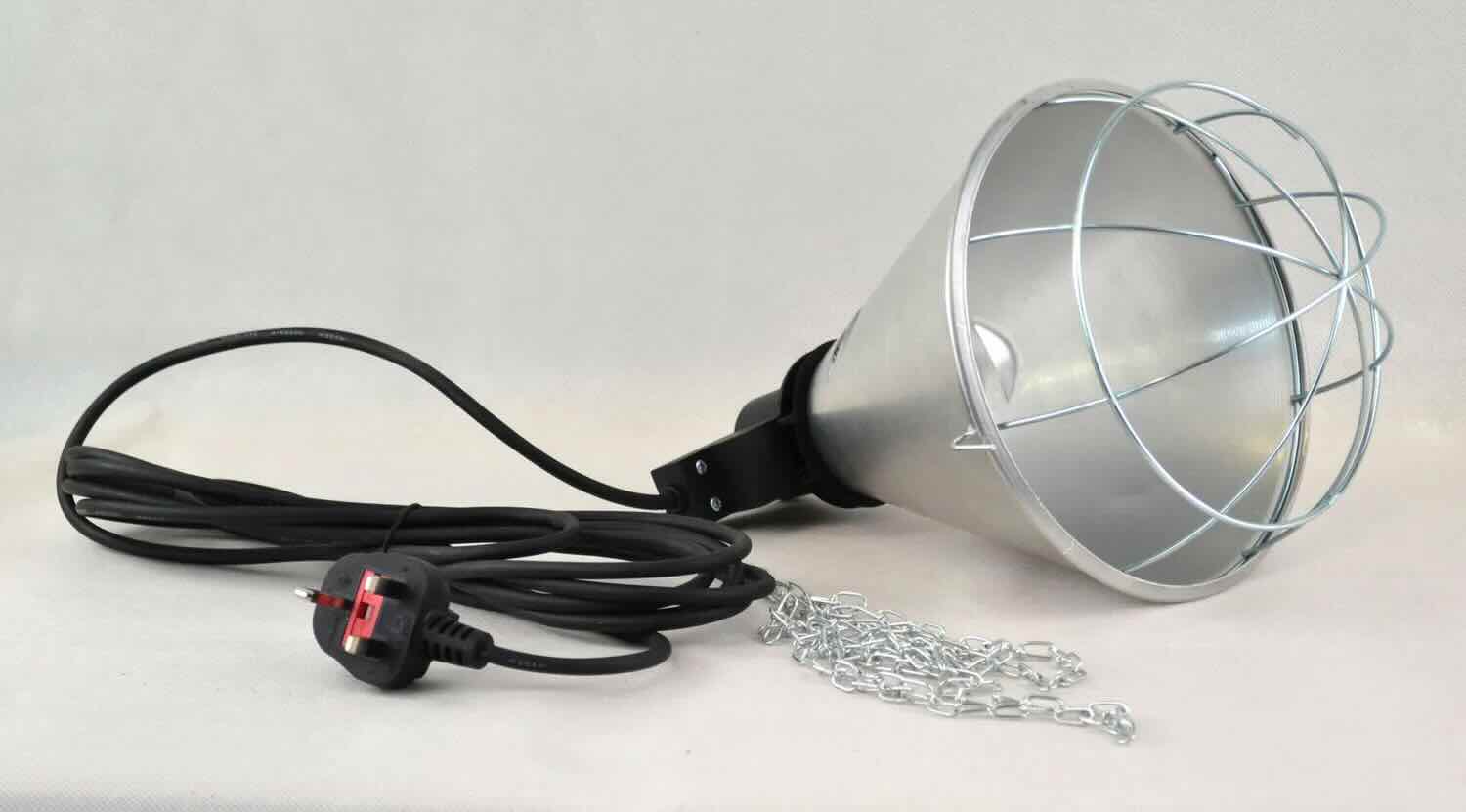
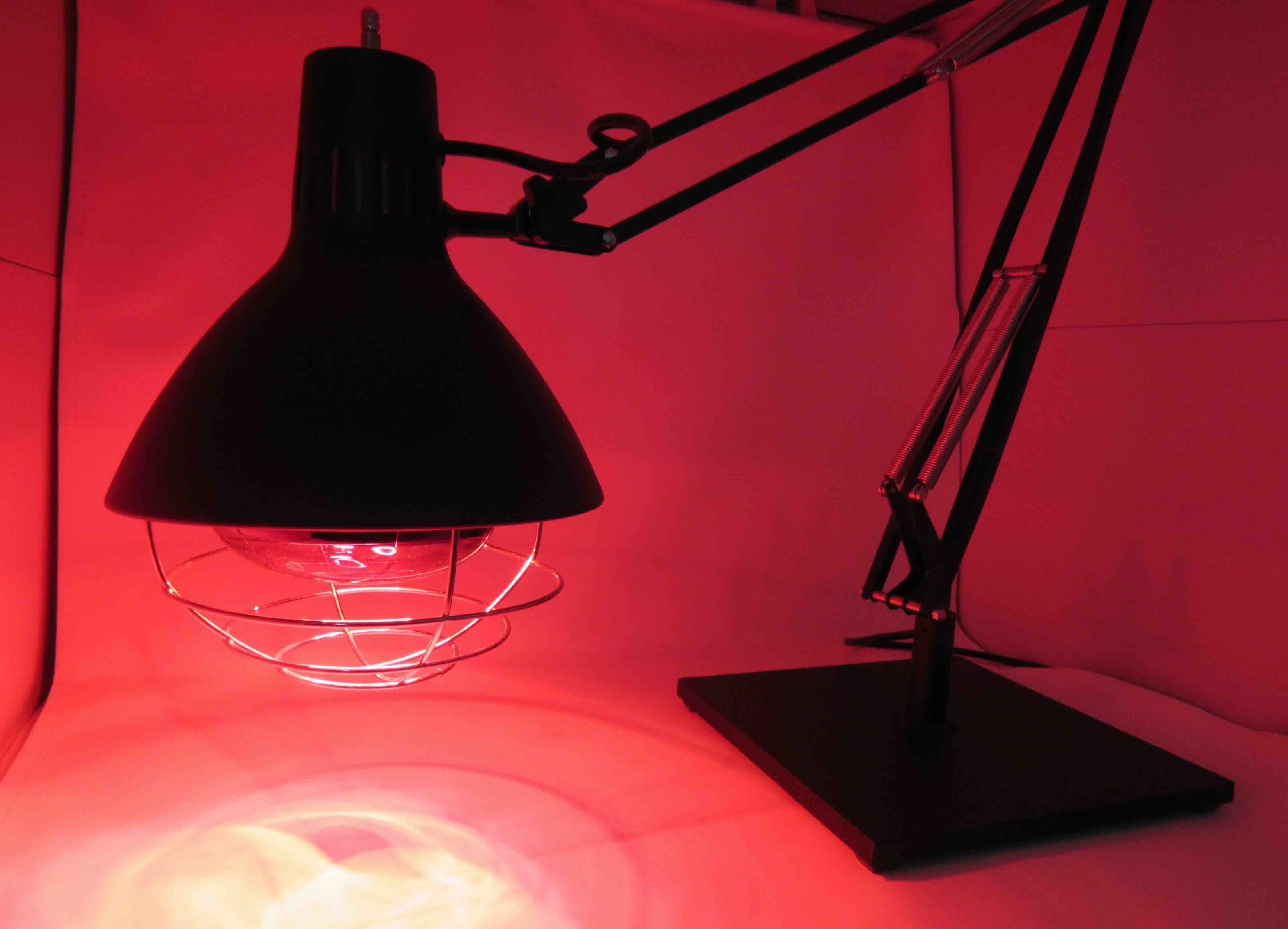
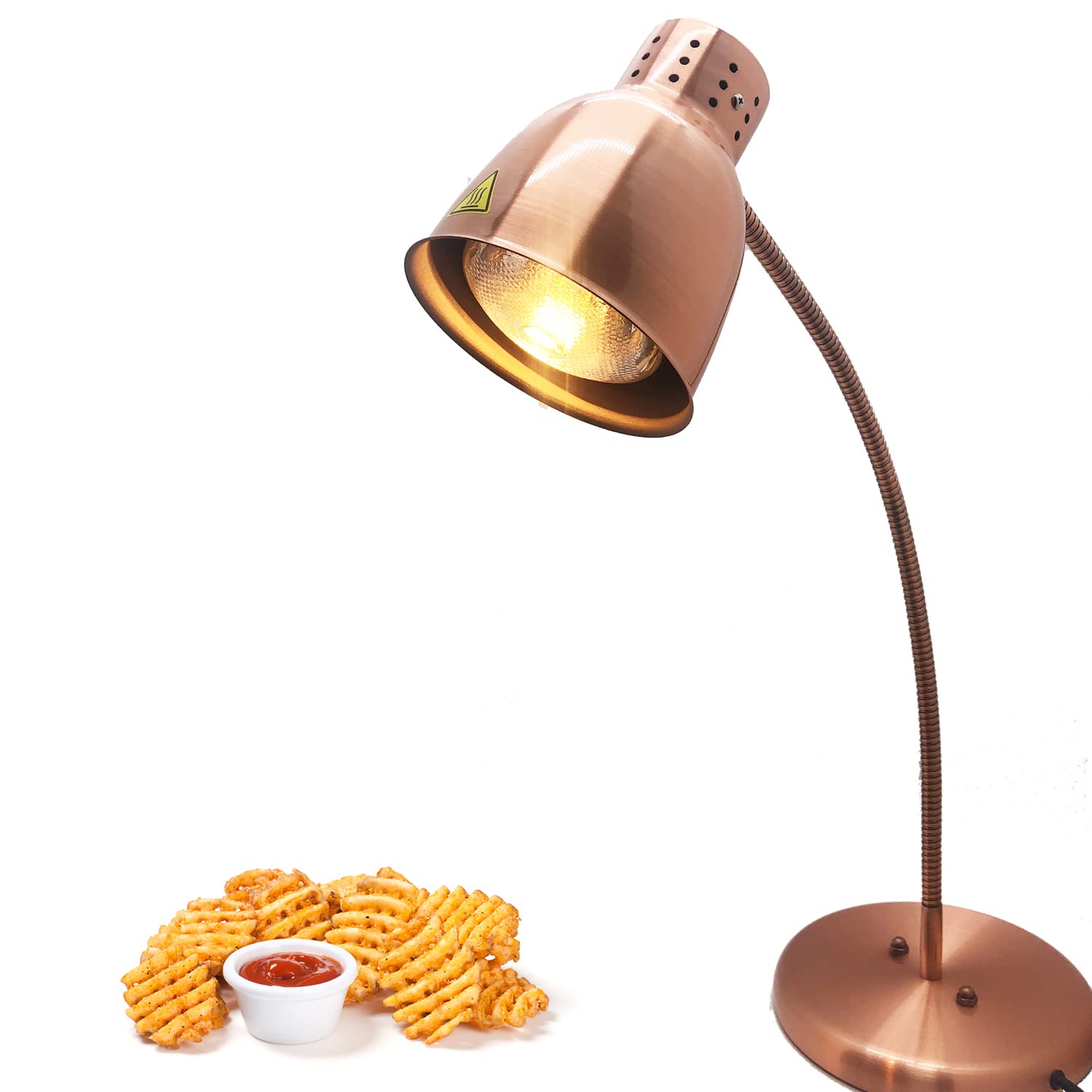
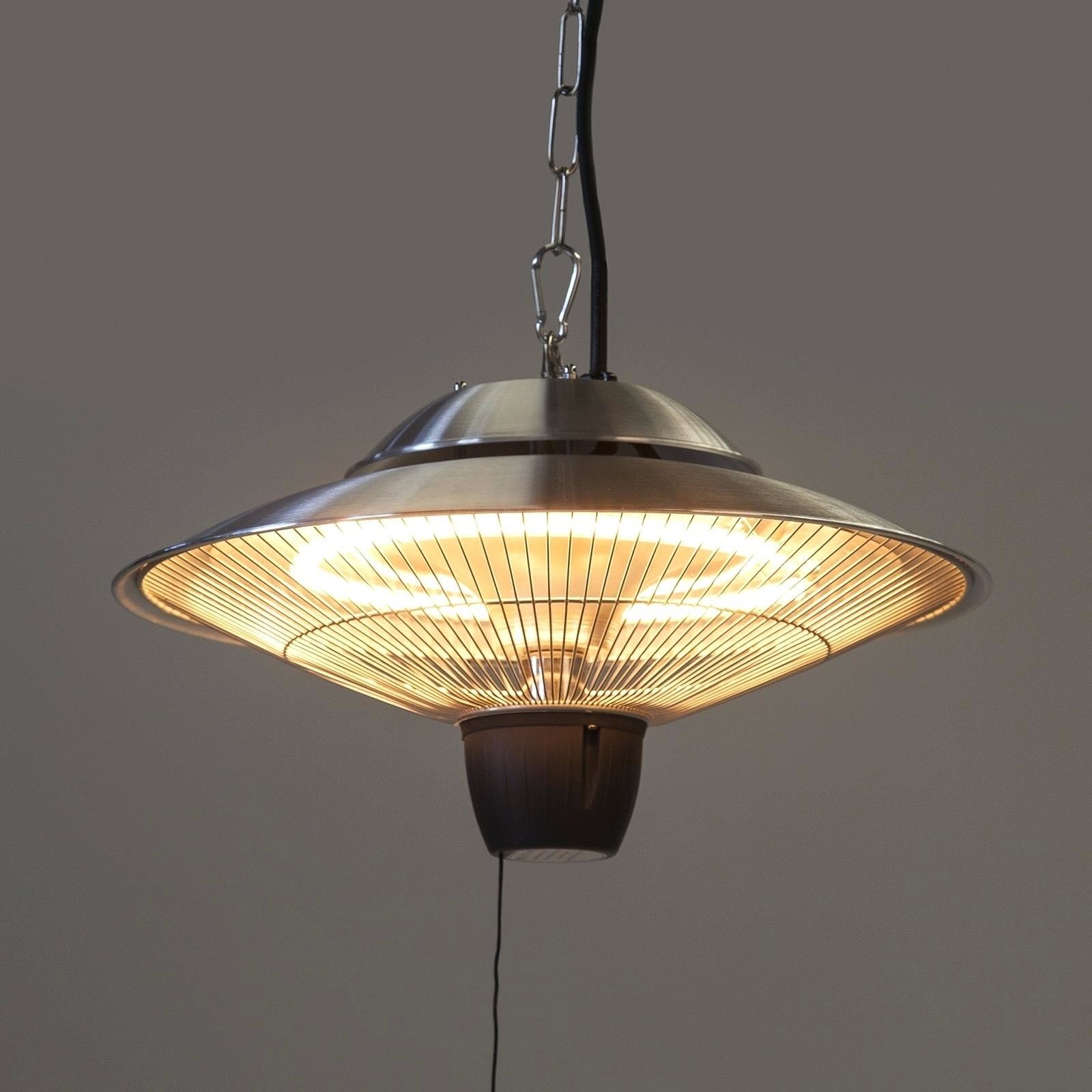
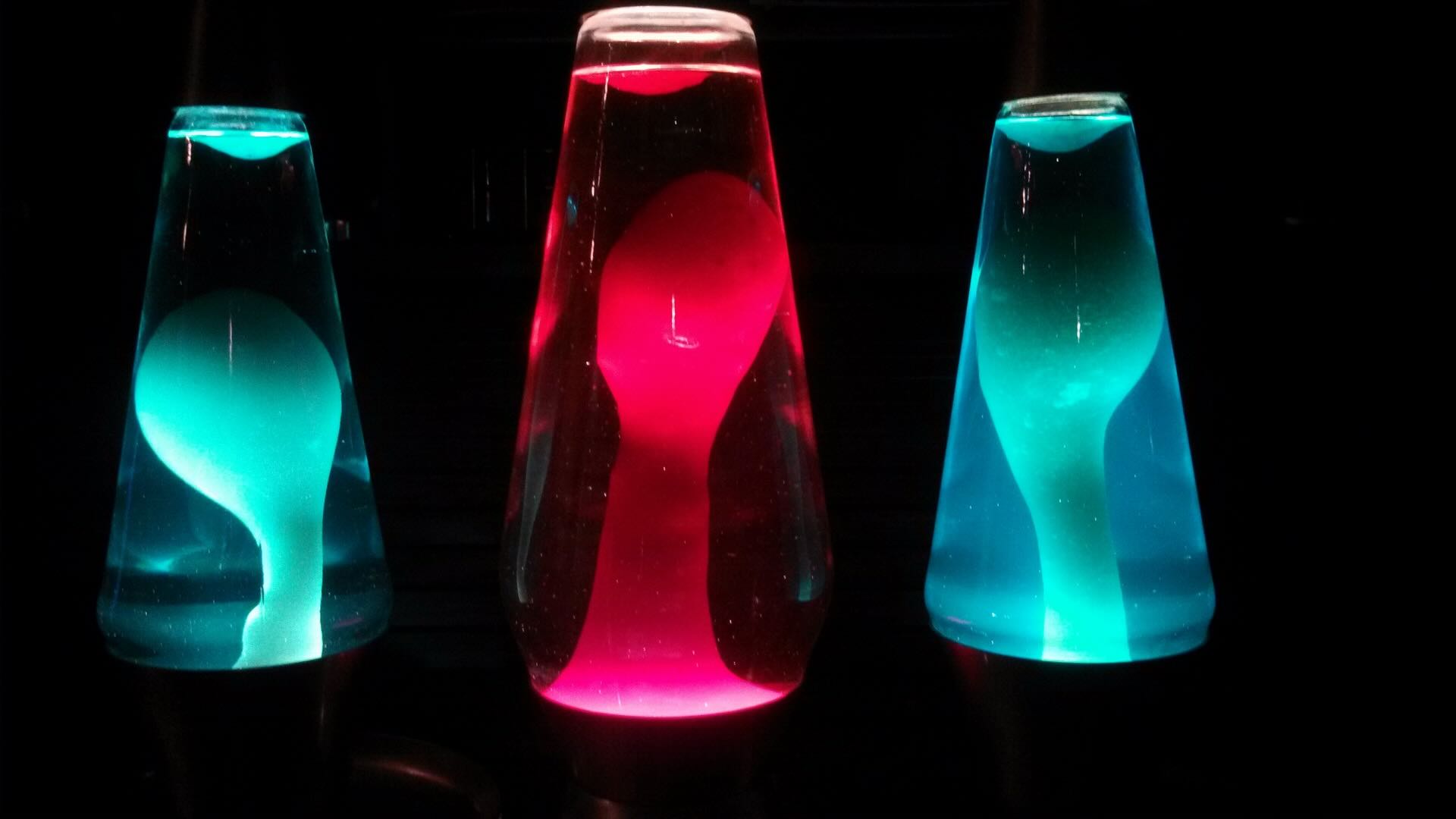

0 thoughts on “How Long Do Chickens Need To Be Under A Heat Lamp”